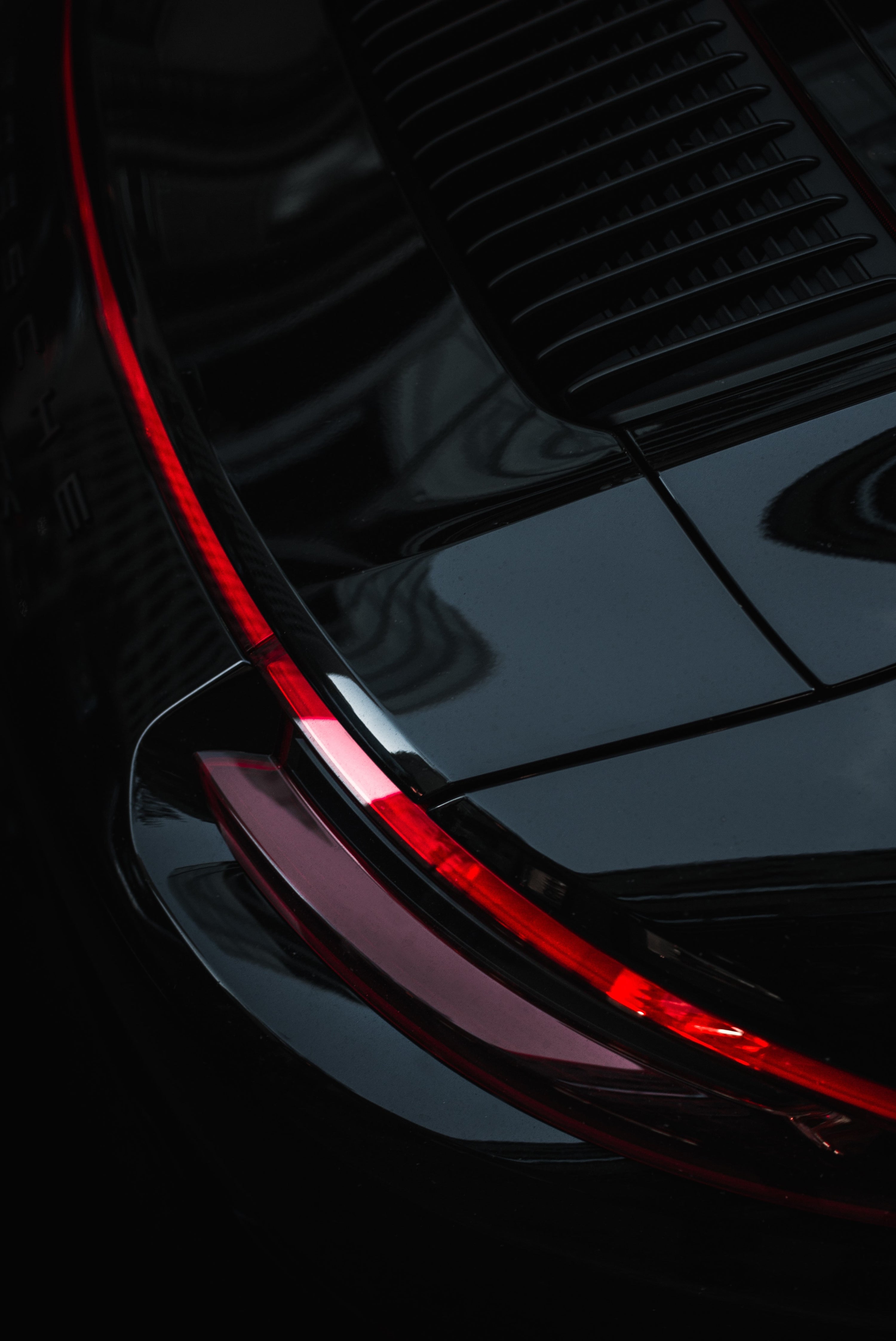In the quest for optimal vehicle protection, the automotive industry has witnessed the push for advanced coating technologies, notably graphene and ceramic coatings. Each offers distinct advantages, catering to diverse protection needs and application scenarios. This expanded discourse delves deeper into the comparative analysis of graphene versus ceramic coatings, incorporating broader research to elucidate their properties, applications, and the implications for vehicle owners seeking the pinnacle of surface protection.

Graphene Coatings: A Revolutionary Advance
Graphene, a material discovered in 2004, has been celebrated for its exceptional physical properties, including unparalleled strength, conductivity, and flexibility. Its integration into automotive coatings represents a leap forward in protection technology. Graphene coatings are derived from graphene oxide, a single-atom-thick layer of carbon atoms arranged in a hexagonal lattice, offering a revolutionary approach to surface protection.
Key Attributes and Advantages
- Exceptional Durability and Resistance: Graphene's inherent strength, quantified as 200 times stronger than steel, provides remarkable resistance to scratches, impact, and wear. Its durability extends the lifespan of the coating, offering long-term protection against environmental elements.
- Superior Corrosion Resistance: The atomic configuration of graphene creates a barrier impermeable to water and oxygen, significantly reducing the risk of corrosion under the coating.
- Enhanced Thermal Conductivity: With a thermal conductivity between 5300-5400 W/mK, graphene coatings efficiently dissipate heat, protecting the vehicle's surface from thermal damage and contributing to overall temperature management.
- Chemical Resistance: Graphene coatings are highly resistant to chemicals, providing an effective shield against acidic rain, solvents, and other corrosive substances.
- Lightweight and Flexible: The lightweight nature of graphene adds negligible weight to the coated surface, maintaining the vehicle's performance while ensuring comprehensive protection.
Despite these advantages, the application of graphene coatings requires specialized techniques and equipment, potentially increasing the initial investment. However, the extended durability and superior protection properties of graphene coatings can offset the upfront costs over time.


Ceramic Coatings: Established Protection
Ceramic coatings, composed of silicon dioxide (SiO2) derived from silica, have been a mainstay in automotive protection for years. They form a hard, durable layer over the vehicle's surface, offering protection from various environmental contaminants.
Key Attributes and Advantages
- Hardness and Scratch Resistance: Ceramic coatings provide a hard protective layer, significantly enhancing the surface's resistance to scratches and minor abrasions.
- UV Protection: By blocking UV radiation, ceramic coatings prevent oxidation and fading of the vehicle's paint, preserving its aesthetic appeal over time.
- Hydrophobic Properties: The water-repellent nature of ceramic coatings ensures that water beads and rolls off the surface, reducing the likelihood of water spots and facilitating easier cleaning.
- Chemical Resistance: Similar to graphene, ceramic coatings offer resistance to chemicals, protecting the paint from acidic contaminants and environmental pollutants.
While ceramic coatings offer substantial protection, their performance in extreme conditions and their thermal conductivity are outperformed by graphene coatings. Additionally, the longevity of ceramic coatings, though significant, may not match the extended lifespan provided by graphene's advanced material properties.

Comparative Analysis and Application Considerations
When comparing graphene and ceramic coatings, several factors emerge as critical considerations for vehicle owners:
- Longevity and Durability: Graphene coatings typically offer a longer lifespan due to their superior abrasion resistance and flexibility, which can accommodate the expansion and contraction of the vehicle's surface without cracking.
- Thermal Management: For vehicles exposed to high temperatures or operating in warm climates, graphene's exceptional thermal conductivity presents a clear advantage over ceramic coatings.
- Application and Maintenance: Ceramic coatings are generally easier to apply, requiring less specialized equipment than graphene. However, the maintenance of graphene coatings may be more straightforward due to their superior resistance to environmental contaminants.
- Cost-Effectiveness: While the initial cost of graphene coatings may be higher, their extended durability and reduced maintenance requirements can render them more cost-effective in the long run.

Conclusion: Tailoring the Choice to Needs
The decision between graphene and ceramic coatings should be informed by a vehicle owner's specific needs, preferences, and the environmental conditions to which the vehicle will be exposed. Graphene coatings offer groundbreaking protection with their exceptional strength, thermal conductivity, and flexibility, making them suitable for high-end applications and owners seeking the latest in protection technology. Ceramic coatings, offering proven durability and ease of application, remain a reliable choice for comprehensive surface protection.
In the final analysis, both graphene and ceramic coatings represent significant advancements in automotive protection. Vehicle owners are encouraged to consider the protective benefits, application scenarios, and cost implications of each option, ensuring an informed decision that aligns with their protection requirements and investment considerations.




1 comment
Charlette Mellor
I just ordered Mud Slide. I hope it is easy to apply. I am 80 years old and like my car to be protected and look great and I always take care of it myself. It is hard work to keep up but I like the results when my car looks good. I have been using Ceramic 3-IN-1Wax with Si02 from Griot’s but hope the Mud Slide is even better. I am a little nervous about it but will give it a try and will let you know how it turns out. Thanks.
I just ordered Mud Slide. I hope it is easy to apply. I am 80 years old and like my car to be protected and look great and I always take care of it myself. It is hard work to keep up but I like the results when my car looks good. I have been using Ceramic 3-IN-1Wax with Si02 from Griot’s but hope the Mud Slide is even better. I am a little nervous about it but will give it a try and will let you know how it turns out. Thanks.